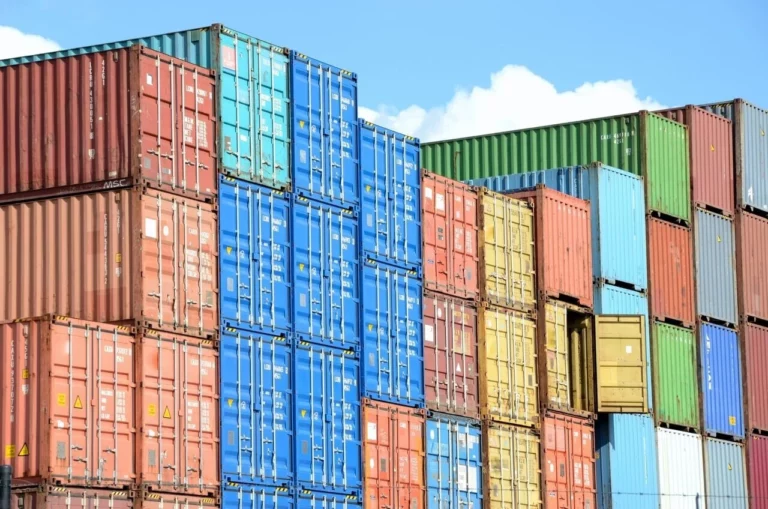Trade in Hungary
Hungary trade deficit EUR 923 m in October

Hungarian trade deficit over EUR 1 bn in Oct

Forum on German-Hungarian economic relations in Berlin
Hungary must continue to provide the most competitive environment for investors in Europe, Péter Szijjártó, the minister of foreign affairs...
PM Orbán hold talks German Chancellor Scholtz in Berlin

Latest economic data: surplus and trade deficit in Hungary – UPDATE

The latest data: Hungary’s trade deficit over 1 billion euro and PMI fell

Hungary July retail sales up 3.8 pc – UPDATE

Hungary’s trade deficit climbed very high

Shops are tricking the public to hide inflation in Hungary

Trade union: shops should close on Sunday afternoons in Hungary

Government to help Hungarian businesses to expand in foreign markets, says FM minister
Hungary's government will help Hungarian-owned businesses to expand in foreign markets by all means at its disposal, Péter Szijjártó, the...
Authority: EU hindering ‘legislation to protect youth’
Hungary's authority in charge of regulated activities (SZTFH) has launched a campaign against the illegal trade of e-cigarette Elf Bar...
Audi to build new electric engine plant in Hungary

Hungary’s industrial output up 3.1 pc yr/yr in April

Oppisition DK calls for zero pc VAT for basic foods

Passenger transport up and freight down in the Q1 in Hungary

KSH: Hungary trade balance shows EUR 475 m deficit in April – UPDATE

Staple food shortages in Hungarian Lidl supermarkets?






